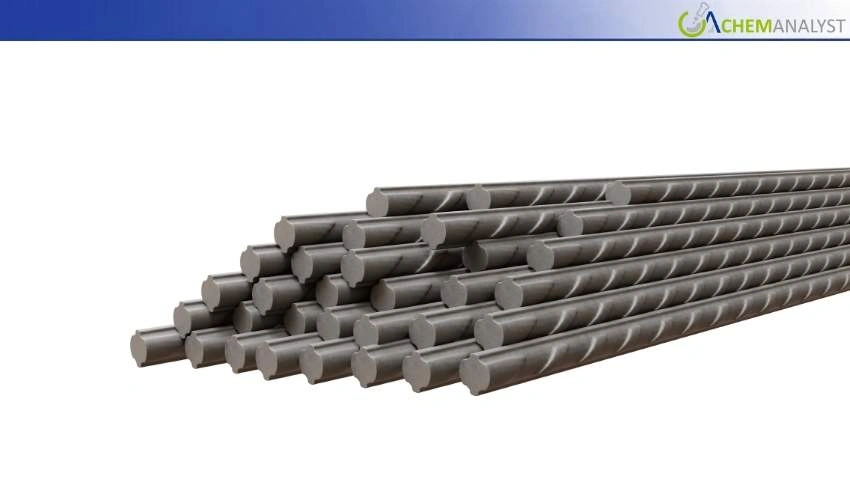Welcome To ChemAnalyst

The steel rebar market reflects the wider struggle across both China and Europe because of the weak construction activity, financial stress on developers, and low infrastructure support that continue to drag down demand. With China battling sluggish real estate recovery amidst seasonal pressures, Germany and the wider EU face the same fate due to stagnant private construction and mounting economic headwinds.
Despite the government's moves to prop up the real estate sector in different parts of China, steel rebar demand was still under significant pressure. Market confidence remained fragile, and new home sales were slow to boost, while property developers continued to shoulder financial pressure. Although the issuing of special purpose bonds accelerated, translation into on-site work has been slow, limiting any immediate lift to steel rebar consumption. The marginal impact of infrastructure investment on steel rebar demand continued to decline, reflecting a weaker contribution from public works.
While the broader steel market moved within a narrow range, with futures and spot prices lacking momentum, the demand for steel rebar stayed subdued. Construction steel only edged higher, while other categories remained flat. Apparent steel rebar demand was around a five-year low, underlining persistent softness in consumption. Losses and seasonal pressures prompted production cuts in several regions, with further declines likely in molten iron output, adding additional stress to steel rebar supply dynamics.
In the middle of November, the price of steel rebar in China edged down 0.2% from a week earlier, reflecting persistent weakness in the market. In October, steel mills cut production due to poor profitability. Now, with supply falling, demand from downstream construction sites will further weaken with colder weather. The inventory drawdowns will continue. Meanwhile, raw material support has weakened, making steel rebar prices more vulnerable to fluctuations. Overall, steel rebar prices are expected to move in a weaker and more volatile pattern in November, possibly falling further before rebounding.
German steel rebar prices have generally moved sideways, without any consistent rise or decline. Order intake is modest, although mills continue to aim for use of their production capacity. Commodity costs are fairly stable, which limits downward pressure on steel rebar selling prices. However, steel rebar consumption continues to be stifled by poor construction demand and erratic manufacturing sector activity. Only limited discounting is reported, since mills are mostly maintaining prices at existing levels despite the weaker demand backdrop.
EU steel rebar demand remained weak and volatile during the fall due to constrained consumption, competitive pressure from low-priced imports, and excess inventories limiting an upward lift. Only infrastructure projects provided any meaningful support, while private construction activity remained static. In Germany, the October downturn was especially pronounced, with the fastest decline since March. Civil engineering, which had hitherto shown indications of growth, fell dramatically, residential construction fell more deeply into recession, while commercial building activity also fell, though to a lesser extent. Costs remained high, interest rates remained steep, and demand remained persistently weak.
Looking ahead, the outlook for steel rebar remains cautious. The market participants have little confidence in a near-term recovery, pointing to persistently weak construction activity and the limited boost provided by government infrastructure programs.
We use cookies to deliver the best possible experience on our website. To learn more, visit our Privacy Policy. By continuing to use this site or by closing this box, you consent to our use of cookies. More info.
